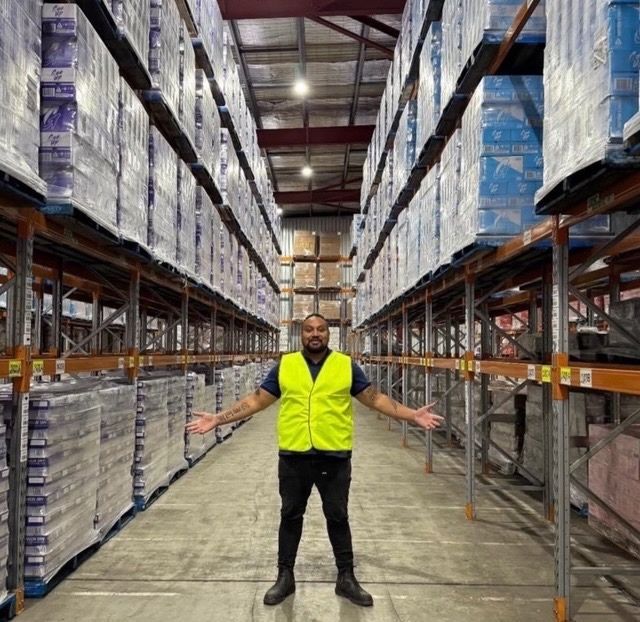Blogs
Let’s Build Smarter, Leaner FMCG Operations
Whether you're chasing your first big retailer, trying to fix a broken supply chain, or preparing to raise capital—sc3sixty is your behind-the-scenes growth partner.
Ready to scale smarter? Book a discovery call or contact us












